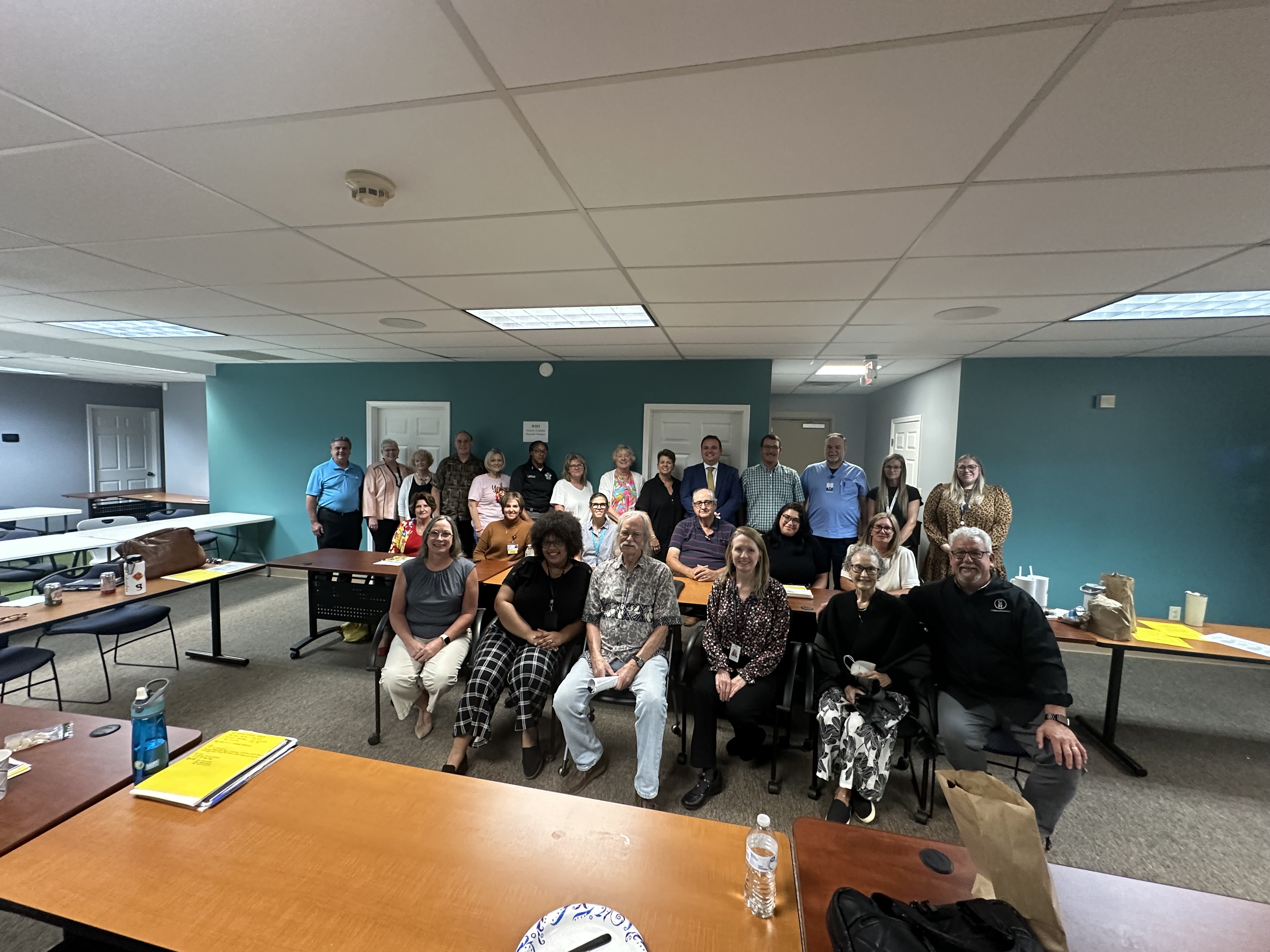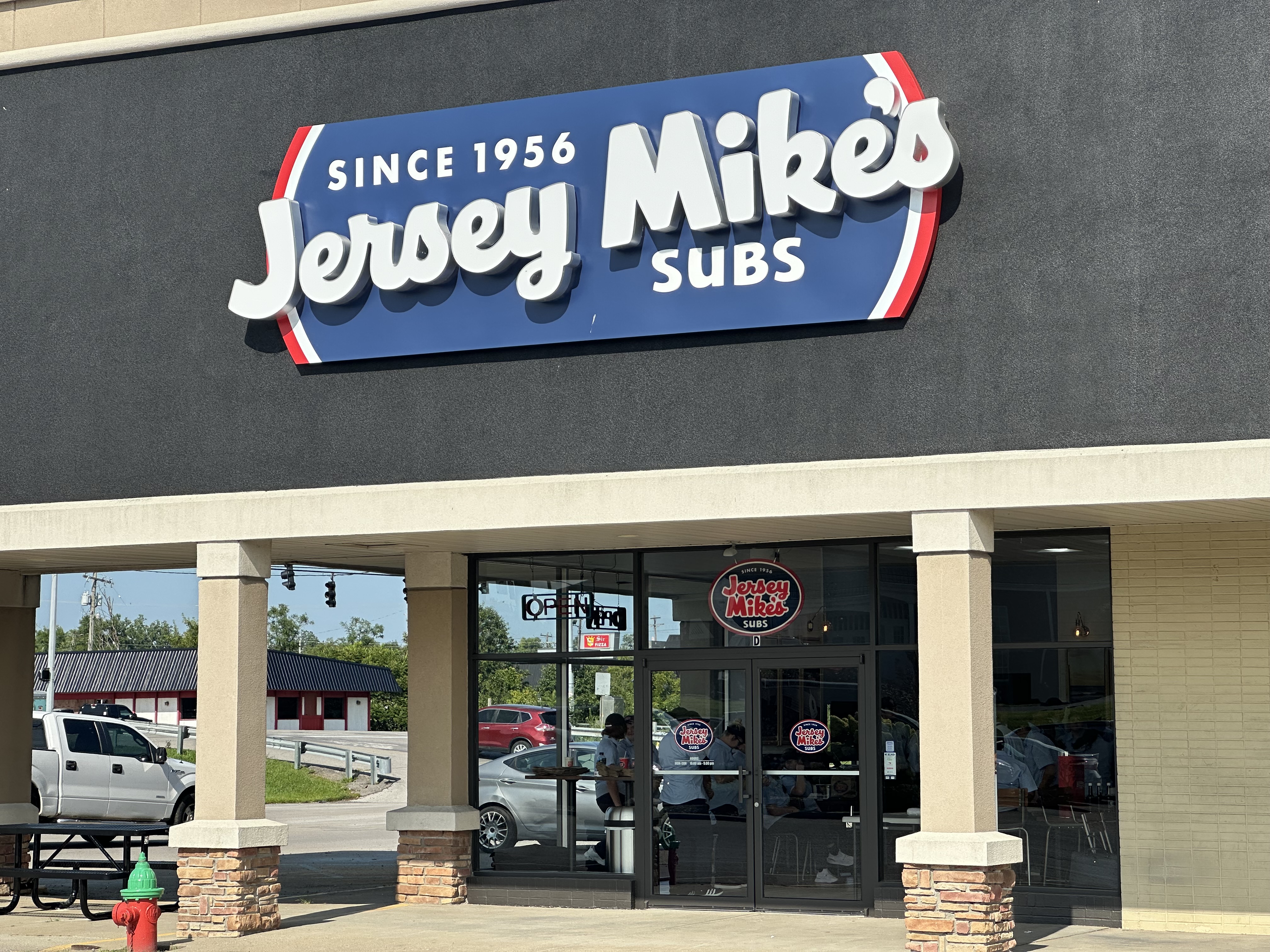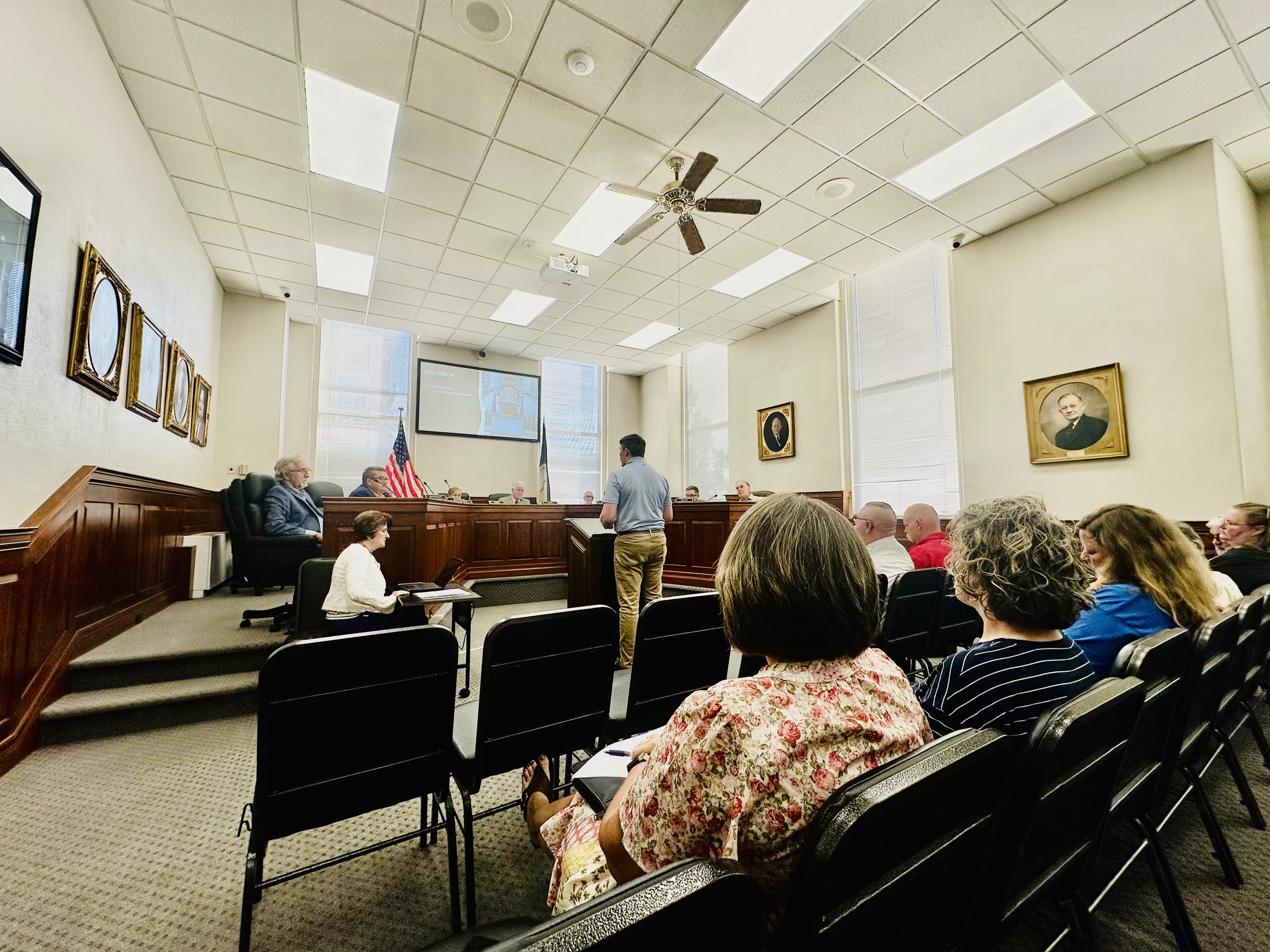Where in the World? The history of Clark County’s turnpikes
Published 9:38 am Friday, July 6, 2018
By Harry Enoch
Clark County’s early roads were a constant source of complaints. Dusty in summer and muddy quagmires in rainy weather, they were never adequate for heavily-laden wagons.
Travelers might happen upon rocks, downed trees and other hazards in the roadway. Wagon breakdowns were not infrequent. As a further inconvenience, farmers were allowed to put gates across the roads to confine their livestock.
Trending
An amusing incident involving Col. Benjamin Logan occurred in 1796 when he was running for governor. He purchased a millstone from the quarry near Pilot Knob, and his wagon broke down near the Bethlehem Meetinghouse on Stone Quarry Road (now Schollsville Road). Jesse Daniel told the story to Rev. John D. Shane.
“Next day, being court at Winchester, he wanted to have a clean shirt to address his constituents, and before laying shoulder to the wheel, drew off his shirt and laid it aside. While he was engaged, a cow eats up his shirt. Next day he went to Winchester with his coat buttoned up and made his speech.”
Travelers began to see improvements when turnpike roads were introduced. Kentucky’s first turnpike was the Wilderness Road. Built in 1792 from Cumberland Gap to Crab Orchard, it was paid for by private donations as the state had no funds for internal improvements. The road proved to be a poor one, unpleasant to travel on horseback and nearly impassable for wagons.
In 1797, the legislature approved new expenditures and turned Wilderness Road into a turnpike, or toll road. The term came from the long pole, or pike, that stretched across the road and could be swung up to permit passage after fees were paid at the tollhouse.
During the antebellum period, Kentucky counties began authorizing private companies to construct turnpike roads. The first mentioned in Clark County records was the Lexington & Winchester Turnpike in 1838. This replaced Todd’s Road (Colby Road) as the main route from Winchester to Lexington and later became US 60.
Many of the turnpike companies sold shares of stock to raise road construction funds. In some instances, the county court committed to purchase stock. The first examples were in 1849 when the county acquired shares in three roads: Winchester & Kentucky River Turnpike Company built a road from Winchester to the Bourbon line (roughly following present-day KY 627) and from Winchester to Boonesborough (by a complicated route I’ll discuss at another time). The Winchester & Mount Sterling Turnpike Company built a road that roughly follows present day US 60.
Trending
What made turnpike roads attractive was their method of construction following a technique developed by a Scotsman, John McAdam. Macadam roads, as they came to be called, used layers of different sized stone to form the roadbed. These ranged from 3-inch stone in the bottom 8-inch layer to three-quarter-inch stone in the top 2-inch layer. The stone was compacted until it formed an impermeable layer that would shed water.
The first macadam road in the United States, completed in 1823, ran 10 miles between Hagerstown and Boonsboro, Maryland. Engineers continued to improve construction techniques, and macadam roads dominated the scene until they began to be replaced by asphalt in the 1920s.
Many of Clark County’s turnpike roads are shown on the 1861 map of Hewitt and Hewitt and the 1877 map of Beers and Lanagan (copies at the Bluegrass Heritage Museum and the Clark County Public Library).
I would like to turn now to a mystery that bugged me for a long time. It concerns the Athens-Boonesboro Road of today, which crosses Lower Howard’s Creek by Hall’s Restaurant. Clark County went for nearly a century without a road crossing the creek here. Neither the 1861 nor the 1877 map shows the crossing. So when was the creek bridged to allow travel from Athens to Boonesborough?
I thought this would have been an early crossing given the need to connect the Bush Settlement on the east side of the creek with John Holder’s facilities — boatyard, warehouse, ferry, mill, tavern — on the west side.
The first mention in county road orders was a 1795 petition from local citizens for “a bridleway to be opened from Boonsborough Ferry Down the River to Holders Road that Leads from Holders Ferry to Lexington.” Neither a wagon road nor a bridge was feasible on this route in early times, so a horse trail was requested, and granted.
For many years, the only way to reach Holder’s place from the Bush Settlement was to cross Lower Howard’s Creek just above the Old Stone Church, then proceed north to what is now McClure Road, west to Becknerville Road and south on Combs Ferry Road to the river. The arduous journey this would require explains why we had two ferries (Boonesborough and Holder’s) and two inspection warehouses (Bush’s and Holder’s) located just over one mile apart.
A review of county records reveals the first proposal to bridge Lower Howard’s Creek near the mouth came in 1883. The court approved a new road to run 1.4 miles from the Boonesborough Ferry landing to what is today the Combs Ferry Road-Amster Grove Road intersection, the route of today’s KY 418.
The county was to pay the costs of opening the road, including a bridge. H. L. Stevens was appointed overseer, and hands were to be drawn from the area enclosed by Jouett Creek on the west, Kentucky River on the south, the Winchester-Boonesborough Turnpike on the east and up to the Old Stone Church on the north. This was the usual county-built road, a 30-foot-wide path cleared of trees and brush. The bridge got delayed, however.
In its final order, the county stipulated it would not install a bridge until the road was macadamized. This was accomplished three years later (1886) by a turnpike company, H. L. Stevens, president.
At that time, the county agreed to pay for the 190-foot-long iron bridge, estimated to cost $3,100. James D. Lisle inspected the finished turnpike and reported to the court, “The grades are easy, enough metal [rock] put on and well broken, it is altogether one of the best pieces of work in the County.”
In 1897, Clark County Fiscal Court began acquiring the turnpikes, condemning them when necessary, to bring all roads under county control. That November they accepted H. L. Stevens’ offer to sell the company’s stock in the road for $325.
At first, it may seem unusual this important artery across Lower Howard’s Creek was not constructed until 1886. However, Boone, Jouett, Fourmile and Upper Howard’s creeks do not have a bridge near their mouth. So, Lower Howard’s Creek turns out to be the exception.
Harry Enoch, retired biochemist and history enthusiast, has been writing for the Sun since 2005.





